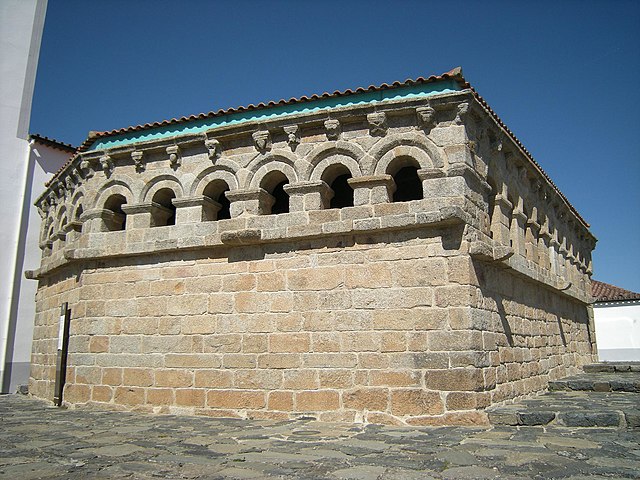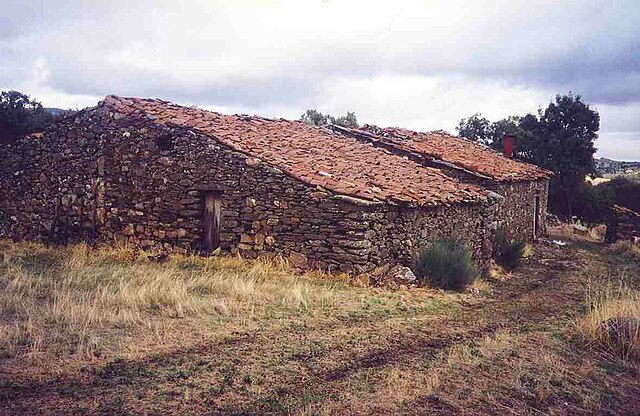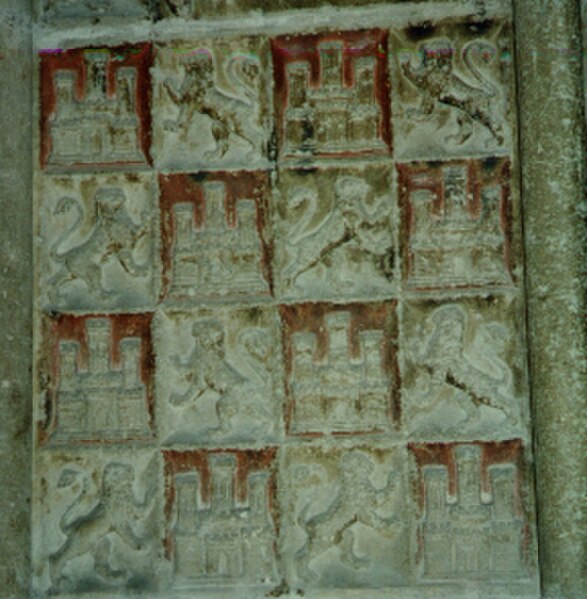Bragança District is a traditional political division of Portugal, in the northeast corner bordering on Spain, covering 7.4% of the nation's continental landmass. As of the 2011 census the total resident population was 136,252, making it the second-least populous district in Portugal, only surpassing Portalegre District.
The ancient Domus Municipalis in the Roman civitas of Brigantia was the base of organized settlement
Afonso, first Duke of Braganza, whose Dukedom developed from the Braganção family lands established in Castro de Avelãs
Civil Governor's residence in the district seat of Bragança
A stone home from the 17th century in the municipality of Mogadouro
Castile and León is an autonomous community in northwestern Spain. It was created in 1983 by the merging of the provinces of the historic region of León: León, Zamora and Salamanca with those of Old Castile : Ávila, Burgos, Palencia, Segovia, Soria and Valladolid. The provinces of Santander and Logroño, which until then had been included in the Old Castile administrative division, opted out of this merger and formed the new Autonomous Communities of Cantabria and La Rioja respectively. Condado de Treviño and La Puebla de Arganzón, the two municipalities that make up the Treviño enclave, are geographically surrounded by the neighboring Basque Country Autonomous Community, but belong to Castile and León.
Checkered banner featuring the castle of Castile and the lion of León in the cathedral of Burgos.
Skull number 5 of Homo heidelbergensis. It appeared in the 1992 campaign, extracted from the Atapuerca Mountains.
Bulls of Guisando, in El Tiemblo, Ávila. These verracos, of Celtic origin, are found in many towns of the western half of Castile and León.
Celtiberian castro of Ulaca.








